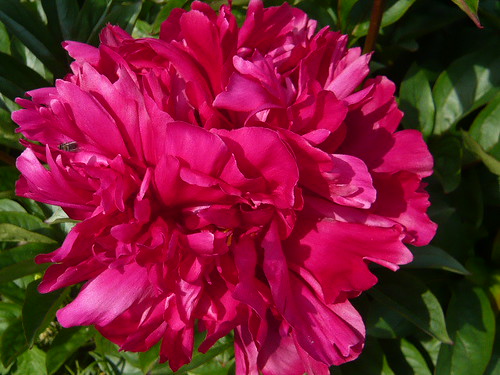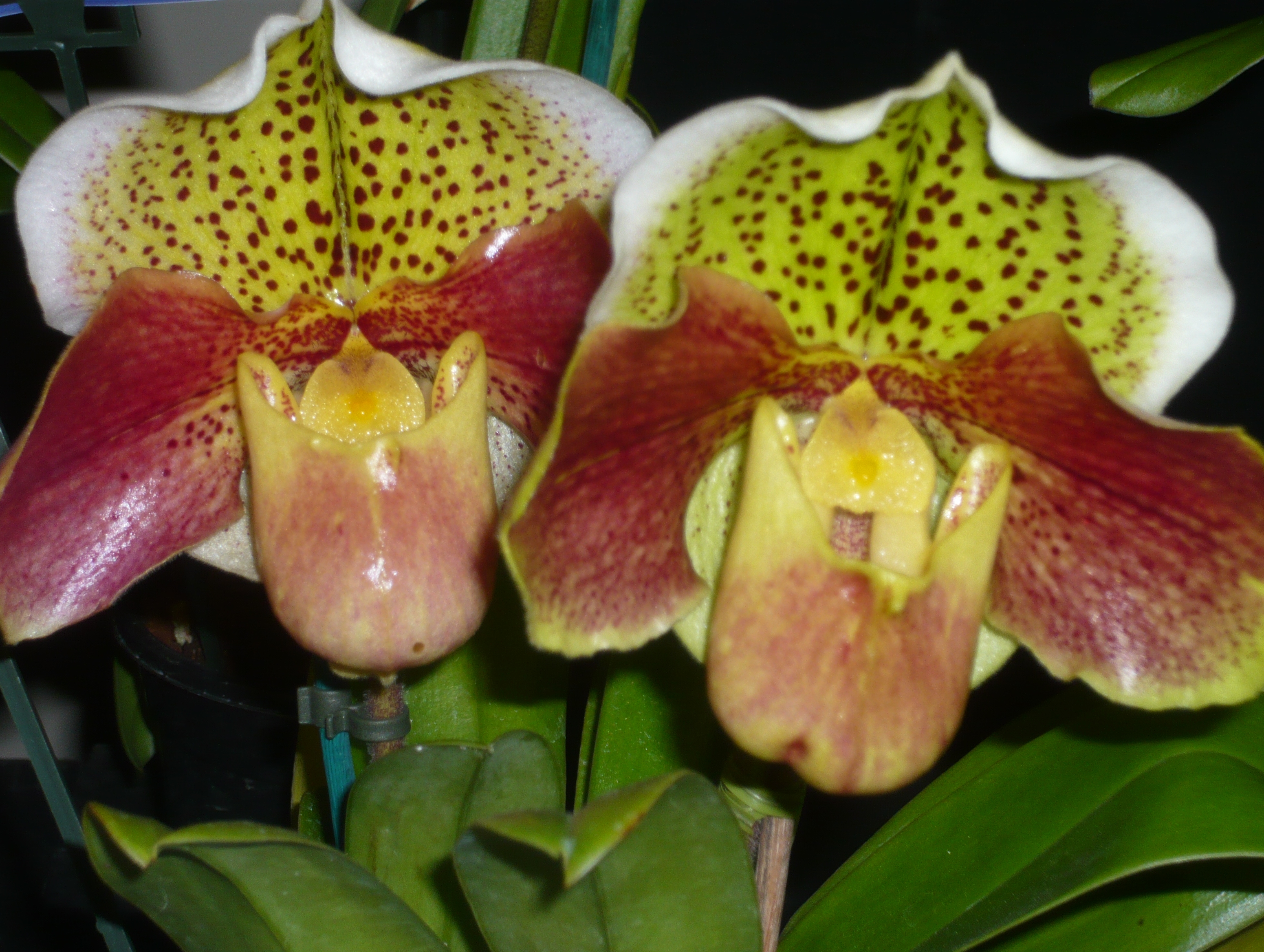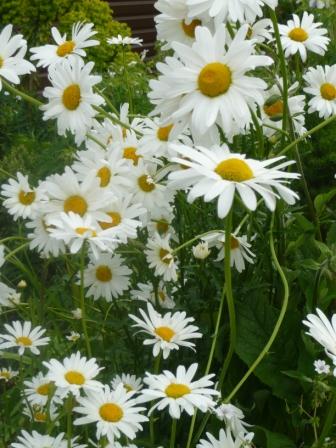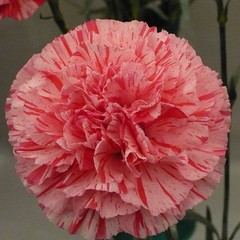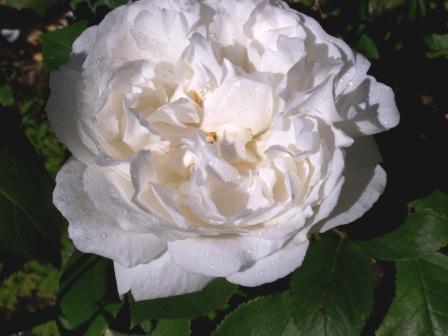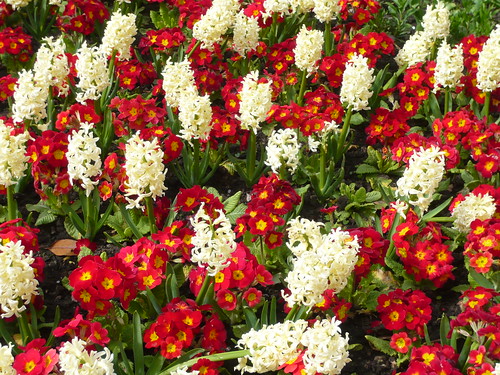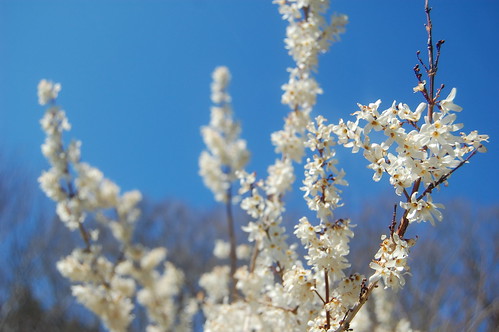Top Ten Old Roses

Repeat flowering old Rose varieties do what it says in their name however the first 5 in my Top Ten only flower once per year but still inspire.
Old Rose Top Ten
- Celsiaha this Damask rose is strong and vigourous with good clusters of large, lasting, pale pink flowers.
- Enfant de France is a compact gallica rose with sweet scented, double flowers in a silvery pink with quilled petals.
- Rosa gallica Versicolour or Rosa mundi is a 16th Century semi double variety with candy striped red and white flowers.
- Mme Hardy is a pure white rose opening from a slightly pink bud on a shrub up to 6 feet tall. It is disease resistant and good in an organic garden.
- Mme Sancy de Parabere is a thornless climber. Early flowering yet hardy plant with double, saucer-shaped flowers and ragged petals of deep lavender pink.
- John Hooper is a strong scented pink hybrid with perpetual flowering.
- Gloire Lyonnaise Semi-double creamy white blooms on a very erect shrub. Virtually thornless shrub that withstands wet weather better than most.
- Captain Hayward has light crimson, shapely, double flowers with excellent orange hips.
- Paul Neyron has large 6″ flowers in a deep shade of pink.
- Souvenier du Doctor Jamain has medium-sized flowers of the richest maroon colouring, opening flat. Grows 6ft. tall x 3ft. wide.
Classes of Old Roses
The Gallicas are probably the oldest of all garden roses forming short bushy shrubs, many of which are quite suitable for small gardens. They were grown by the Greeks and Romans then bred in 17th century by the Dutch and French.
Among them are some very fine roses with magnificent mixtures of colour particularly among the crimson, purple and mauve shades. They have beautiful flower formation with open upright blossom which shows the yellow stamens
All of the Gallicas are once blooming and most have very good fragrances. Tuscany variety is an almost black purple may be the oldest surviving Gallica from pre 1596.
Damask roses are another very old group, said to have originally been brought from the Middle East by the Crusaders. …
